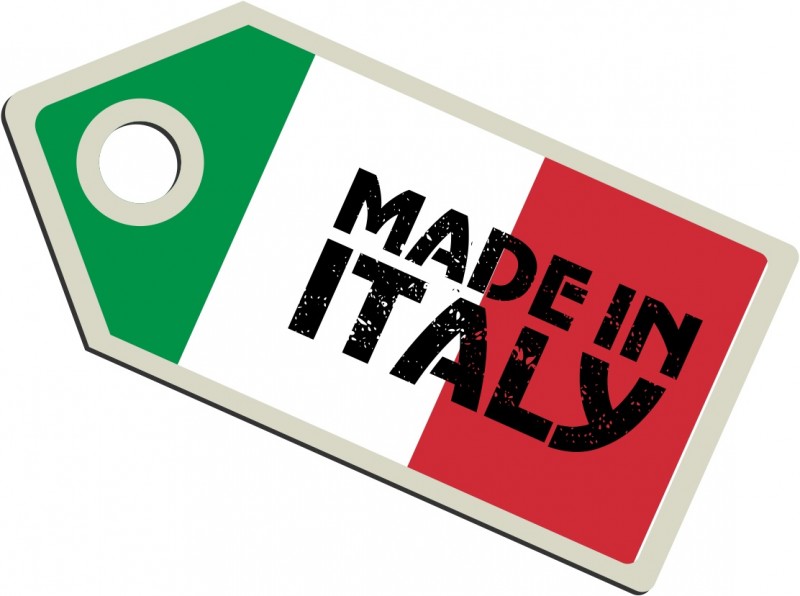Made in China vs. Made in Italy
September 29, 2017

Many importers think hard about whether to move their supply chain to China because of the “poor quality” stigma that goes along with it. Admit it, many people ignore the fact that, for instance, super-high quality electronic products are made in China. Despite vast improvements on quality over the last 30 years, there is still a negative connotation to that ‘Made in China’ tag on the T-shirt or gizmo you’re buying at your local Walmart.
Savvy importers constantly scan the world for better, more advantageous sources of supply. Italy stands out as a supply base that enhances a brand. After all, “Made in Italy” has long been known as a cachet of style and quality. But is that really justified? Is sourcing from Italy the better option?
The short answer is: “It depends on the product.”
Some products manufactured in China are regarded by many as the standard of all standards – that iPhone in your pocket for example. Though it was made in China, you never hear about the poor quality of an iPhone. The increasingly popular drones are another example.
But Italy has long been known as a source of quality and style in the fashion industry. So it is a source of choice for products like garments, footwear, accessories, leather products etc. And you can generally demand higher prices for these kinds of products if you have a “Made in Italy” tag.
But costs, of course, are higher too. For one, labor in Italy is a lot more expensive than labor costs in China. So it is surprising when one finds “Made in Italy” products at the same (or even lower) prices than similar products made in China.
Buyer beware: if it sounds too good to be true, it often is. Although there are many low cost factories in Italy (many are operated and staffed by Chinese) many importers have recently found that quality is actually worse in Italy than in China for similar-priced products. Part of the reason is that there are less strict regulations in Italy regarding the country of origin labeling than in the USA.
China’s regulations are very strict and require that if a product is made in China, it must indicate that on the tag. In Italy, however, those beautiful scarves you’re seeing at your local boutique with the ‘made in Italy’ tag may very well have been made in China, India or Vietnam. Or, perhaps they were designed in Italy or partly assembled in Italy, but most of the work was done in countries like China or India.
The lesson here is, it is not where you source your products, but how well you do your due diligence. Importers may find that the quality may very well be much better in Italy, however, they will more than likely not be at the same price point as their suppliers in China. Country of origin is not a sufficient criterion for quality. To protect your brand, you must do your research, know your product, and be specific about your requirements when benchmarking suppliers, whether they are in Italy or China.
Have you attempted to compare your Chinese-made products to that of Italy? Or vice-versa? What were your experiences? Was the quality comparable? Share your experiences with us in the comments below.
By Jocelyn Trigueros
